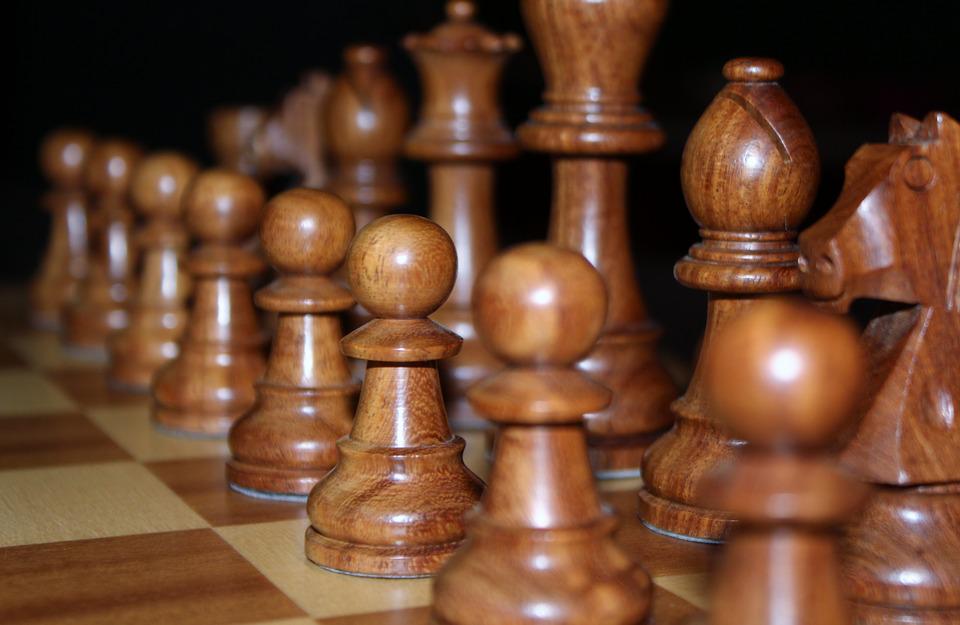Gone are the days when a game development team consisted of a handful of people. Today’s highly-immersive games, often multiplayer, provide massive worlds for the player to explore with rich game play mechanics and sophisticated graphics. To achieve this in a reasonable time frame collaborative game development is a necessity. Often individuals are not located in the same physical environment during the development process which brings additional challenges. Below are the components required to implement a collaborative game development process.
Providing the Right Infrastructure
Often the development team will be working remotely so enabling access to game assets will mean providing them through a cloud-based repository. Another approach is to set up servers in various parts of the world that are available to developers as local servers. Workflow and messaging software is another necessary infrastructure component which enables communication between different parts of the development team and that provides shared resources and version control for the game build.
Choosing the Right Team
Breaking down the components of a game enables the work to be distributed to the people that can do it best. The following major roles are typically required in a collaborative game development team:
• Creative Lead – provides the overall design and feel of the game and oversees the development process as a whole. Often they are the writer of the game’s story and will develop the game’s early concept work. They will decide on the schedule for game development and will make the major decisions about fundamental game elements.
• Programmer / Coder – create the scripts that will define the way the game is played within the game engine. They are responsible for coding new features and implementing the work of others (such as artists). They control the game development pipeline and are responsible for when releases occur and their testing.
• Artist – create the look of the graphics, compose music and sound effects and other design elements in the game. They will often be skilled graphics artists and animators that will assist the Creative Lead to visualize the overall look of the game and have expertise in software mediums that enable 3D rendering of artwork.
• Tester – Once the game is complete it must be thoroughly tested to ensure that it is operating as designed. Often it is good practice to have someone outside the development team perform this task so that they provide an objective view.













